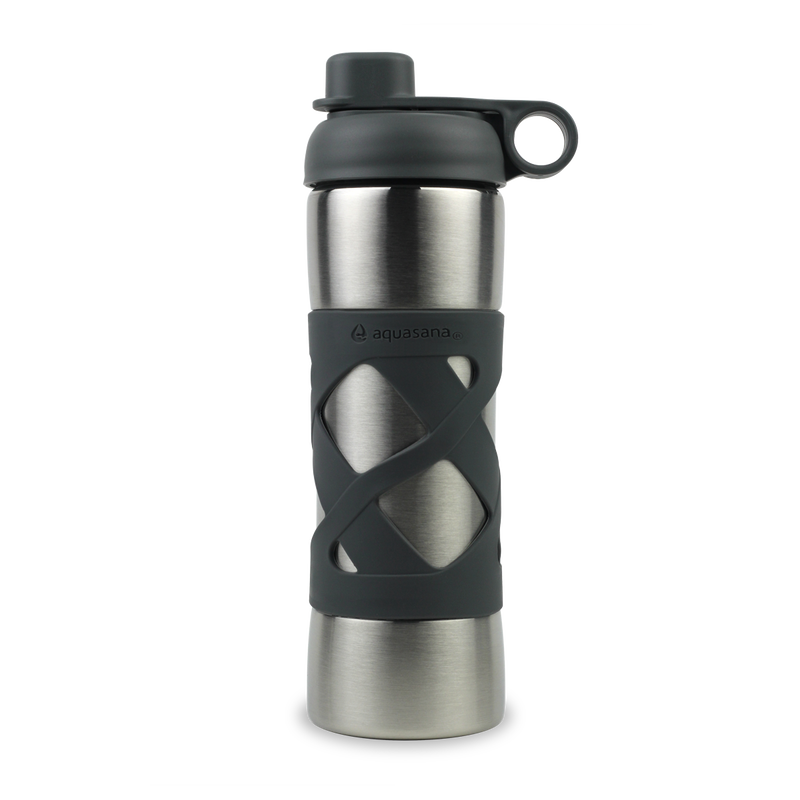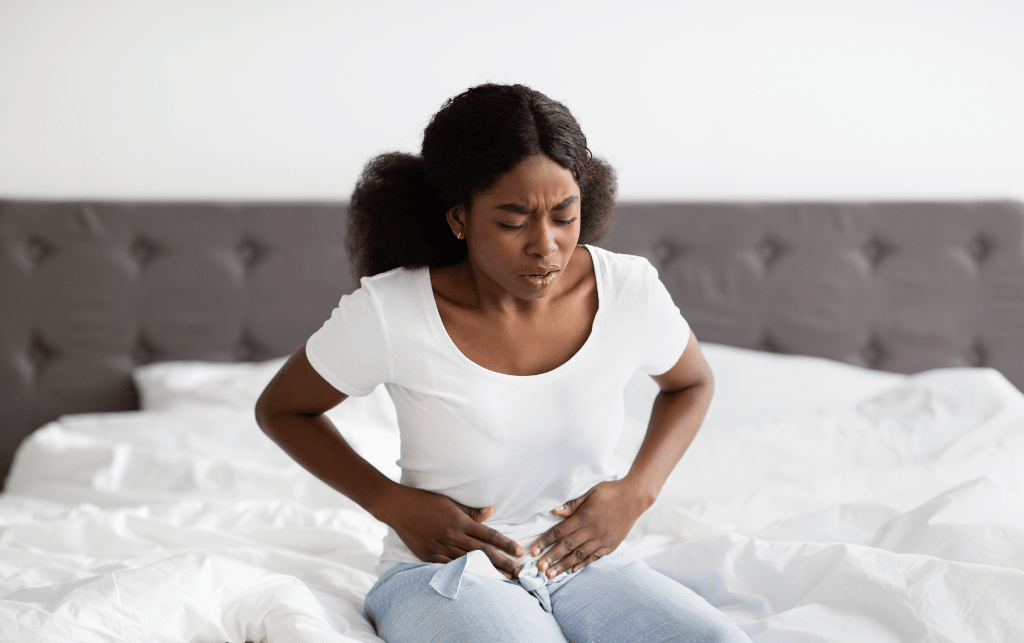4. Typhoid Fever
Typhoid fever is a disease caused by Salmonella Typhi bacteria, with symptoms that include a high fever, headache, stomach pain, and constipation or diarrhea. The disease is rare in developed countries, but is a serious threat in developing nations which creates a heightened risk for travelers. The bacteria contaminates everything it touches, so the disease spreads easily and is especially a risk in areas with inadequate hand washing practices. Travelers may get sick from contaminated food or beverages without their knowledge, so before going on a trip it’s a good idea to see if a typhoid vaccination is recommended. The vaccine is 50-80% effective, so you’ll still want to be careful about what you eat, drink, and how you wash your hands.
If you are infected, symptoms of typhoid fever will usually appear within 1-2 weeks. Antibiotics can be prescribed to help resolve symptoms within 3-5 days, but if left untreated, the disease will usually last several weeks and could present life-threatening complications.
5. Dysentery
Dysentery is an intestinal infection caused by a parasite or bacteria that is associated with bloody diarrhea or mucus, fever, cramps, nausea, and vomiting. There are two types of dysentery, bacillary dysentery is the most common within the U.S. and comes from the bacteria Shigella. The other type is amoebic dysentery, which comes from a parasite called Entamoeba histolytica and is more likely to be contracted when traveling.
Dysentery will typically resolve on its own within 3-7 days, but it’s important to drink plenty of fluids to avoid dehydration. For severe symptoms, you may be able to get painkillers prescribed. While sick, you should thoroughly wash your hands and stay away from others to avoid passing the infection onto others. The best method of prevention is by good hand washing practices.
How to prevent waterborne diseases
Most waterborne diseases can be prevented by taking a few basic precautions, and some may also help you avoid getting sick from other types of infections.
Best practices for preventing waterborne diseases include:
- Use Good Environmental Management: At home, make sure to clean often and adequately to disinfect surfaces. While in new or unfamiliar areas, be cautious about where you step and what you touch.
- Practice Good Personal Hygiene: Wash your hands thoroughly after using a toilet, contact with animals, outdoor activities, and food preparation or eating. When washing hands, make sure to use plenty of soap and scrub under water for at least 20 seconds. It’s recommended to supervise children’s handwashing to ensure they cover all surfaces on their hands.

- Take Food Safety Precautions: When preparing food, make sure to wash and/or peel all raw produce and thoroughly cook all meat to an appropriate temperature. If you’re experiencing any symptoms of a waterborne illness, avoid preparing food for others until 48 hours after you recover. When eating out or traveling, be cautious of the environment of the place serving food and consider eating elsewhere if you suspect unsanitary conditions.
- Be Careful About the Water You Use: Within your home, consider installing a water filter to remove contaminants that could be dangerous to your health. When looking at systems, make sure it’s tested and certified by an unaffiliated third-party organization such as NSF, WQA, or IAPMO. In addition to making your water safer, systems can also improve overall quality including taste, appearance, and smell — so it’s more enjoyable to drink.
When traveling, consider bringing a water bottle with a built-in filter such as our Stainless Steel Insulated Clean Water Bottle and be cautious about the water you use for other activities outside of drinking.
WATER BOTTLE
Stainless Steel Insulated Clean Water Bottle
Remove up to 99% of bacteria, lead, chlorine, cryptosporidium, and giardia from tap water. Simply fill and enjoy.


